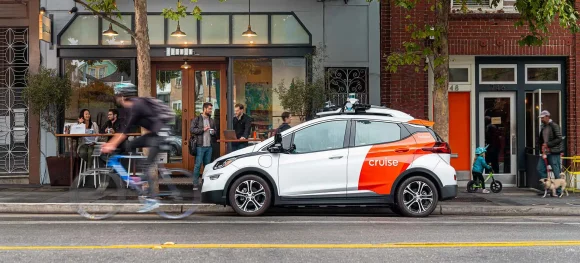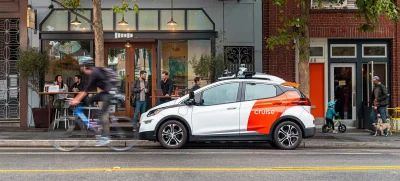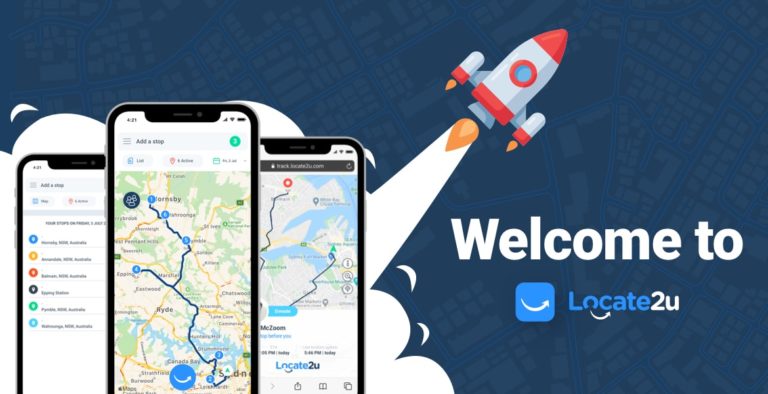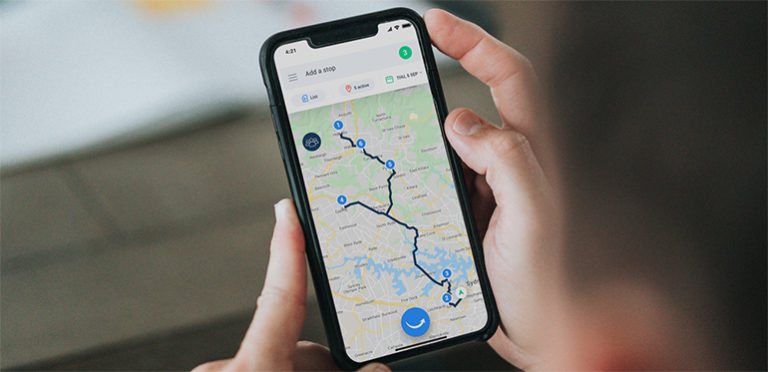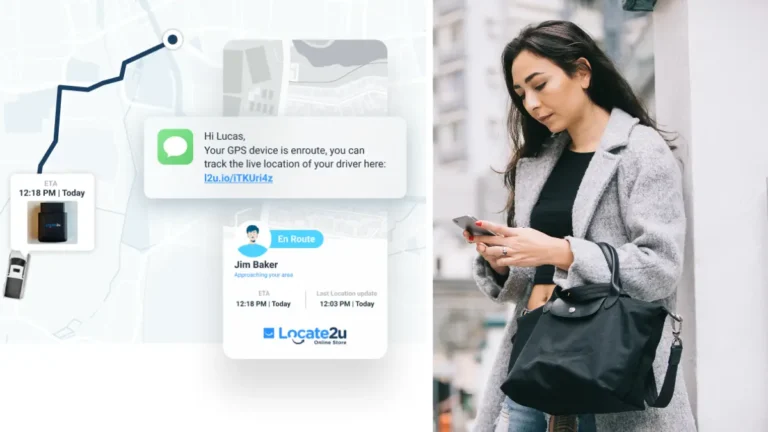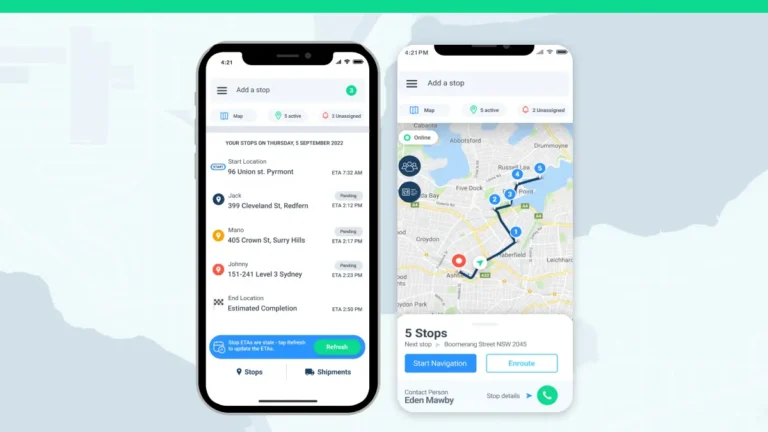Cruise, the self-driving technology company owned by General Motors, has boldly decided to halt its driverless operations.
This move comes hot on the heels of the California Department of Motor Vehicles (DMV’s) suspension of Cruise’s deployment and driverless testing permits. It effectively halts Cruise’s robotaxi operations in the US.
The suspension not only affects operations in California but also stops Cruise’s driverless services in other cities, including Austin, Houston, Phoenix, and even Miami, where the company had recently launched its services quietly.
Big decisions
Cruise announced via a post on the social media site X (formerly Twitter) that the pause in operations is aimed at thoroughly assessing its processes, systems, and tools.
The company emphasizes its commitment to rebuilding public trust and clarifies that recent on-road incidents did not prompt this action. As part of this pause, Cruise will continue its operations with supervised autonomous vehicles, meaning a human safety operator will be behind the wheel during these operations.
CEO Kyle Vogt had not indicated any plans to pause operations outside of California to employees before this announcement during an internal meeting. Instead, he focused on re-evaluating how information is shared with regulators to ensure clear communication.
Cruise in the crosshairs
The California DMV’s suspension of Cruise’s permits followed an incident involving a pedestrian hit by a human-driven vehicle that fled the scene, while the Cruise robotaxi was in the adjacent lane.
Its decision was also influenced by Cruise’s failure to disclose complete video footage of the incident. Although Cruise has contested the DMV’s claims, stating they provided the entire footage, the regulatory body stands by its assessment.
A pause in operations signifies Cruise’s acknowledgment of the need for heightened vigilance regarding safety and risk and underscores its determination to regain public trust.
Focus on safety
Just two weeks ago, the company introduced ‘essential safety upgrades’ for its robotaxis fleet. Of course, this was in response to recent incidents in San Francisco.
This was the initial plan before deciding to halt operations completely.
This safety upgrade would leverage artificial intelligence technology, to enhance the responsiveness of its driverless cars in emergencies. It would enable them to navigate complex scenarios, including avoiding obstacles like double-parked ambulances and responding to sirens.
These upgrades would facilitate emergency access for first responders, addressing concerns raised by San Francisco about the impact of robotaxis on emergency response efforts.
In the face of controversy, Cruise remains dedicated to safety, backed by a study conducted with the University of Michigan Transportation Research Institute. The study revealed that Cruise vehicles experienced significantly fewer collisions than traditional human-operated ride-hailing services, addressing concerns about the safety of robotaxis.
As the company takes this pause to introspect and recalibrate, the future trajectory of Cruise’s self-driving endeavors remains uncertain.

